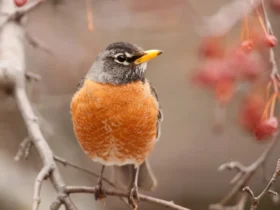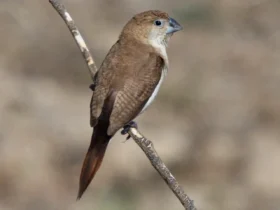In the dense and enchanting woodlands of Southeast Asia, a bird of captivating allure and elusive nature roams—the Hume’s Pheasant (Syrmaticus humiae). With its intricate plumage, remarkable adaptability, and storied history, this pheasant species captures the imagination of bird enthusiasts and naturalists alike. In this article, we delve into the world of Hume’s Pheasant, exploring its appearance, behaviors, habitat, and the significance it holds within its native range.
Hume’s Pheasant images
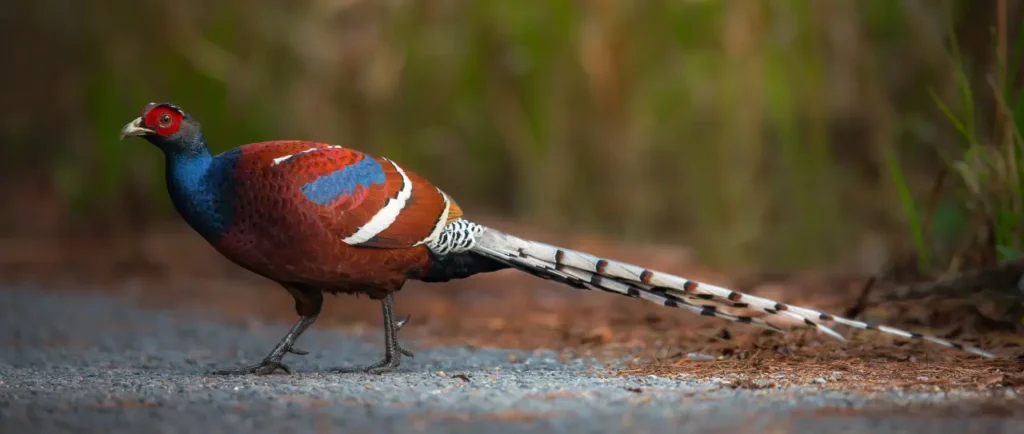
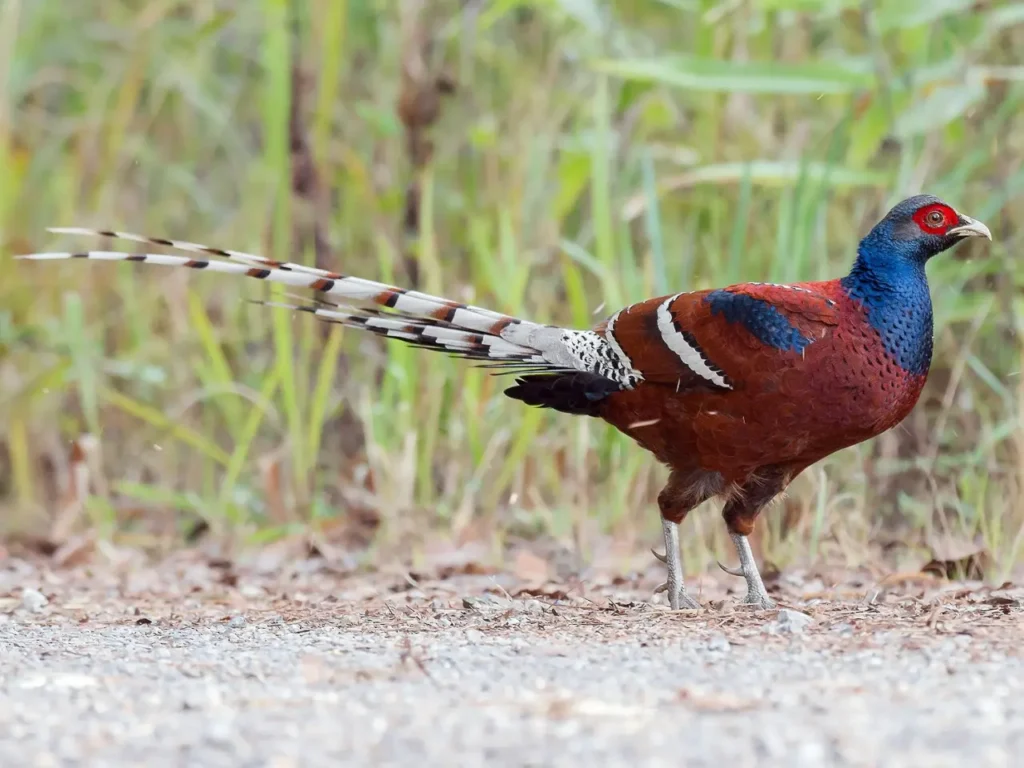
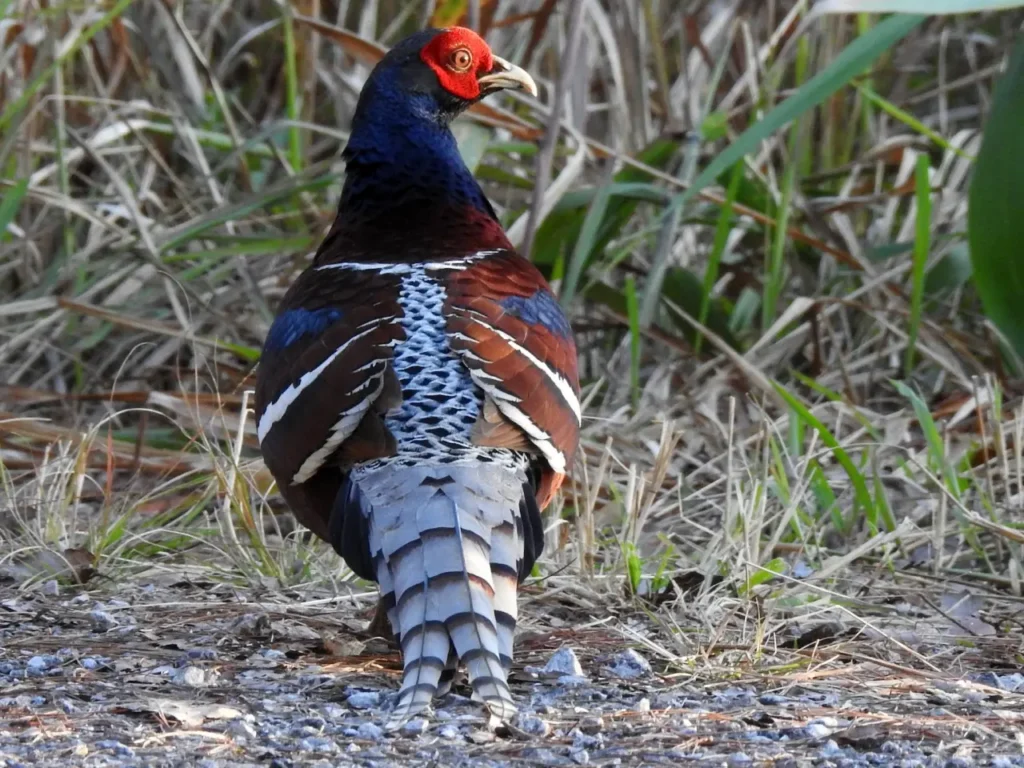
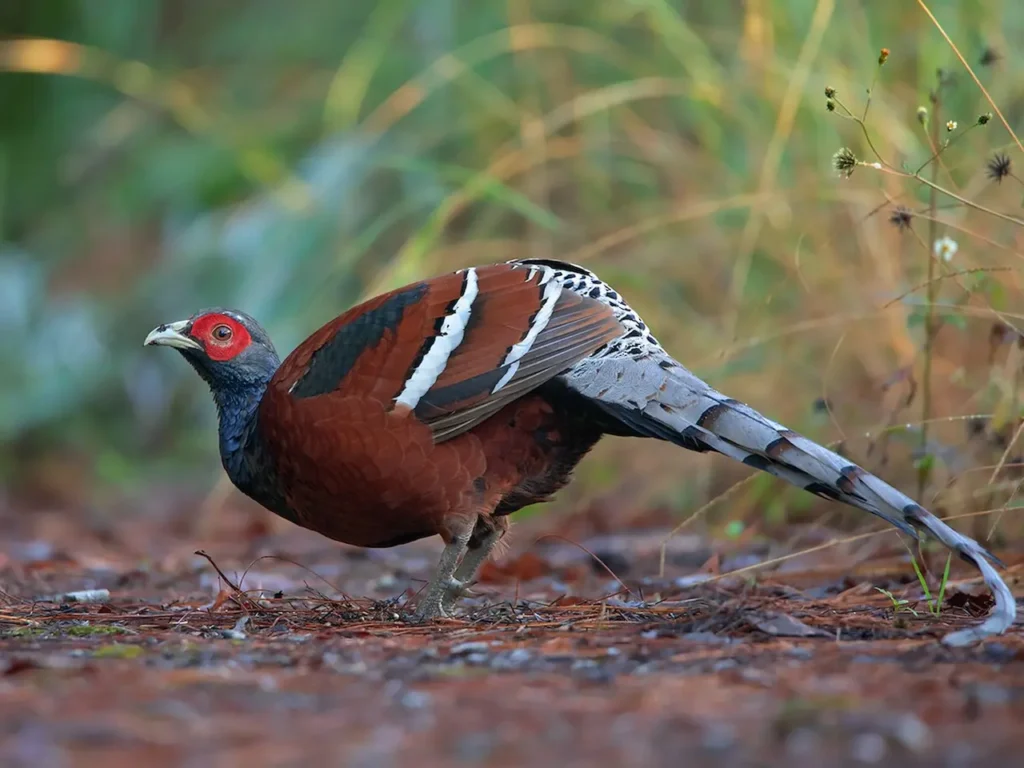
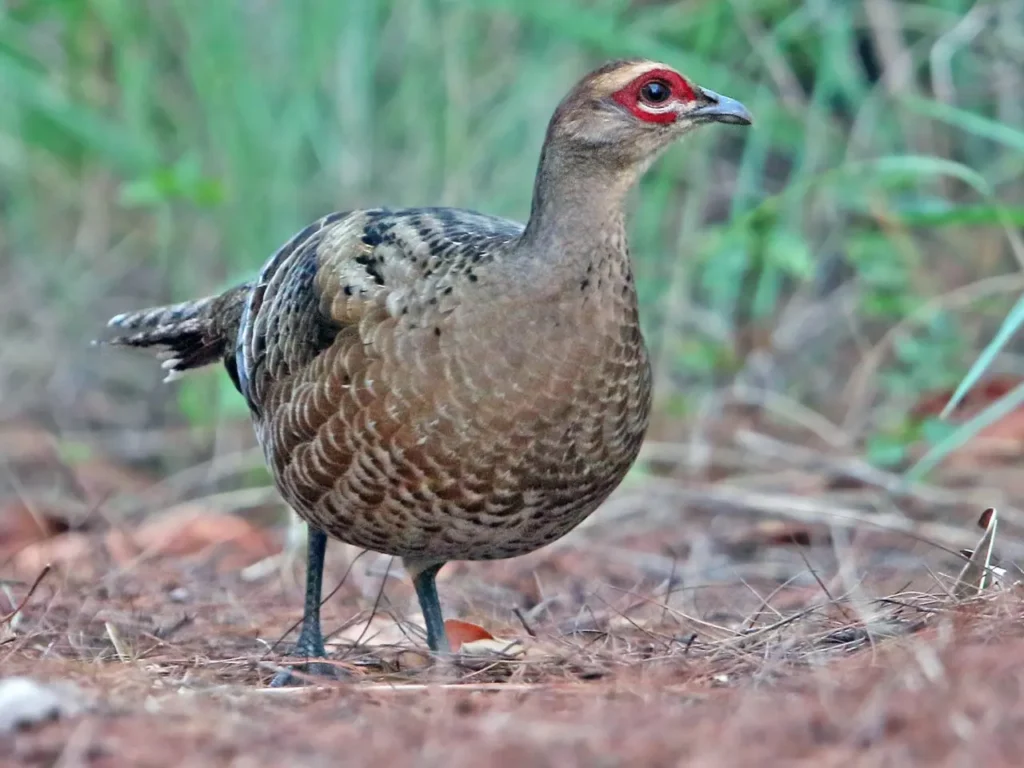
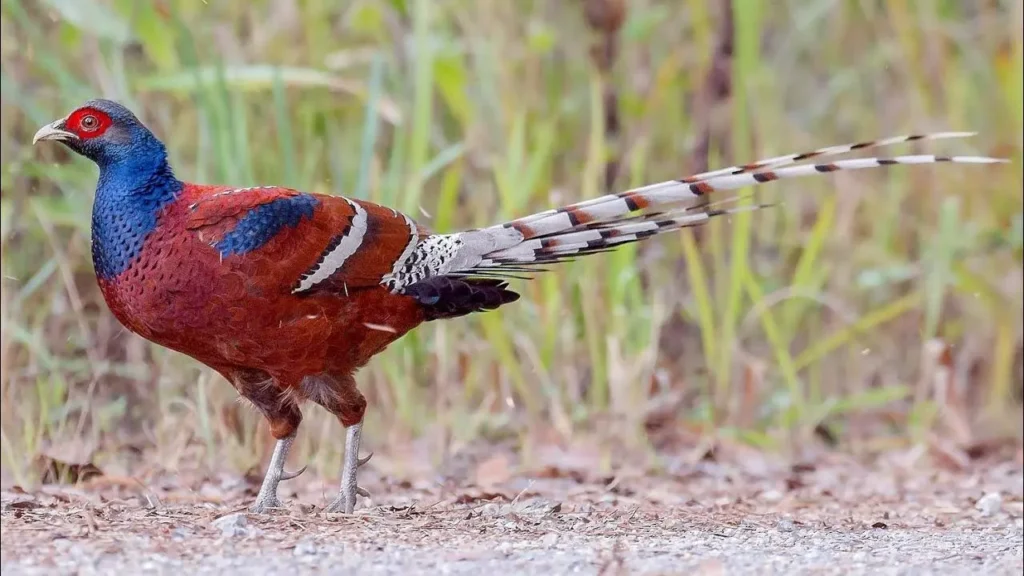
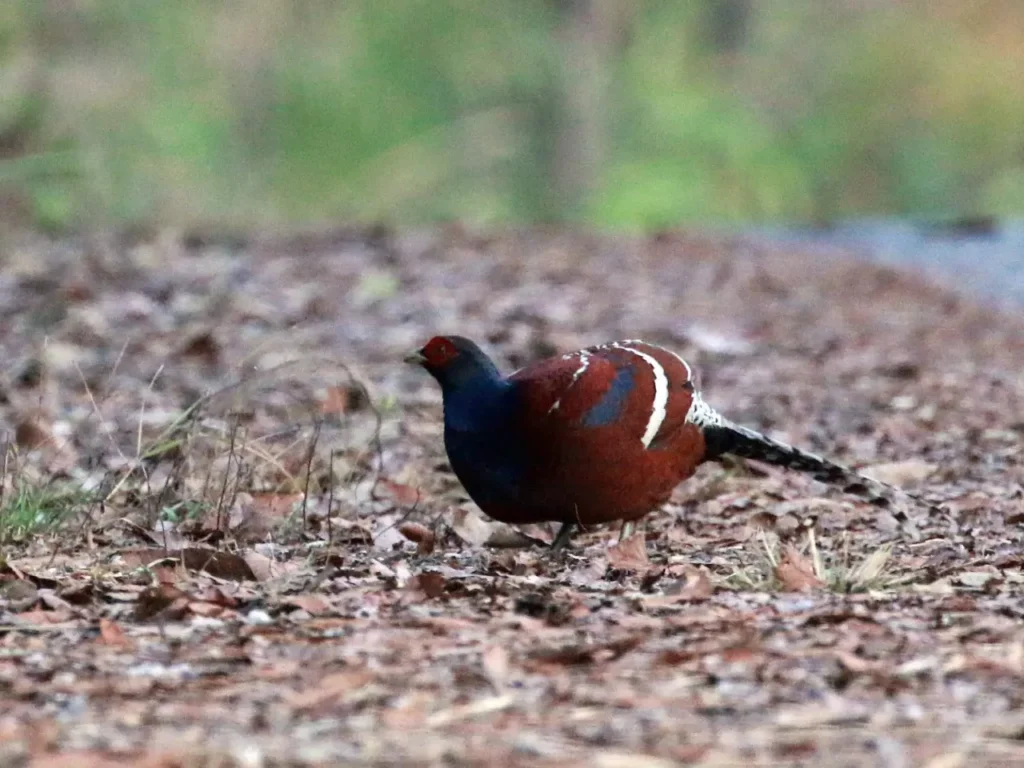
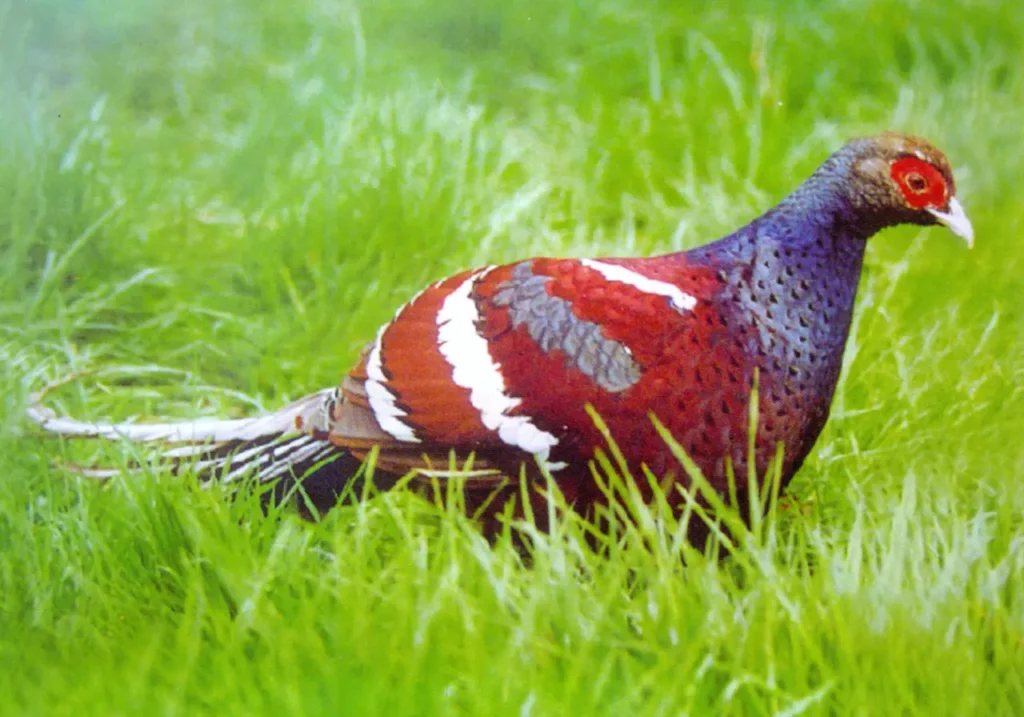
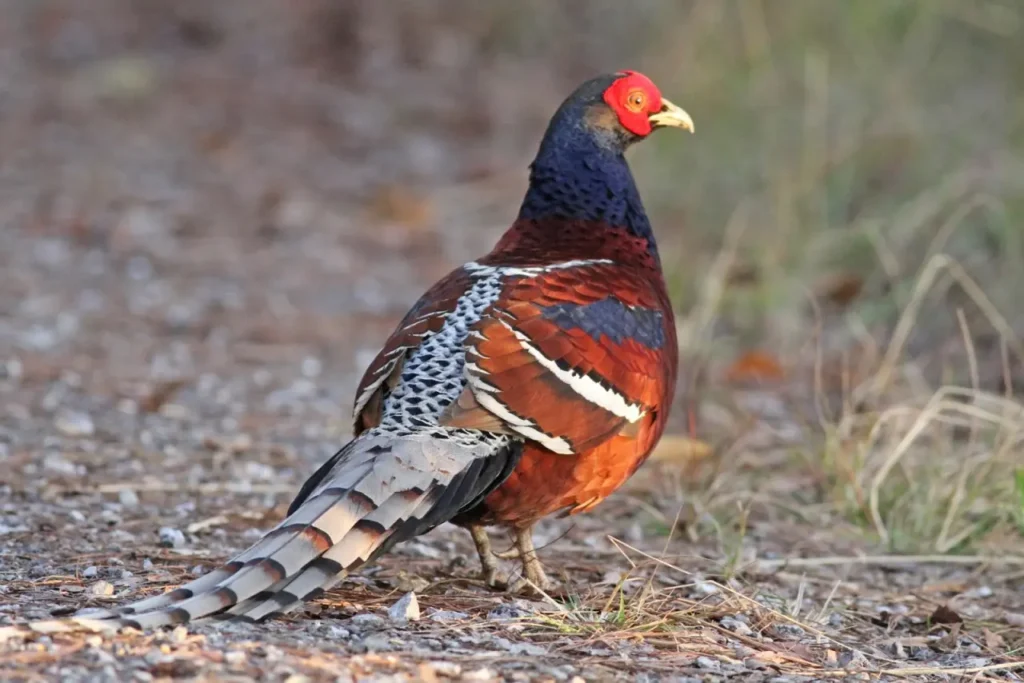
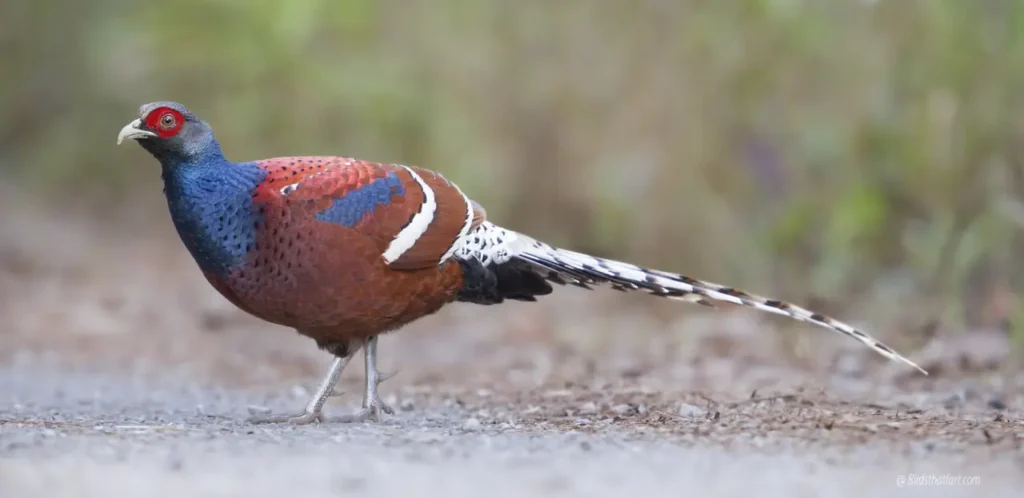
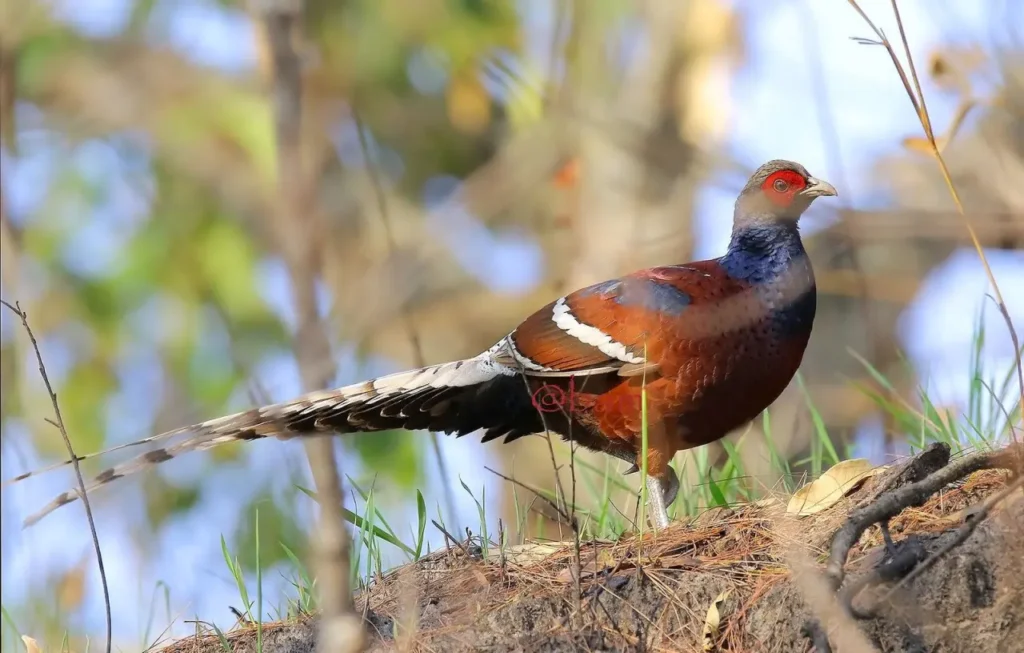
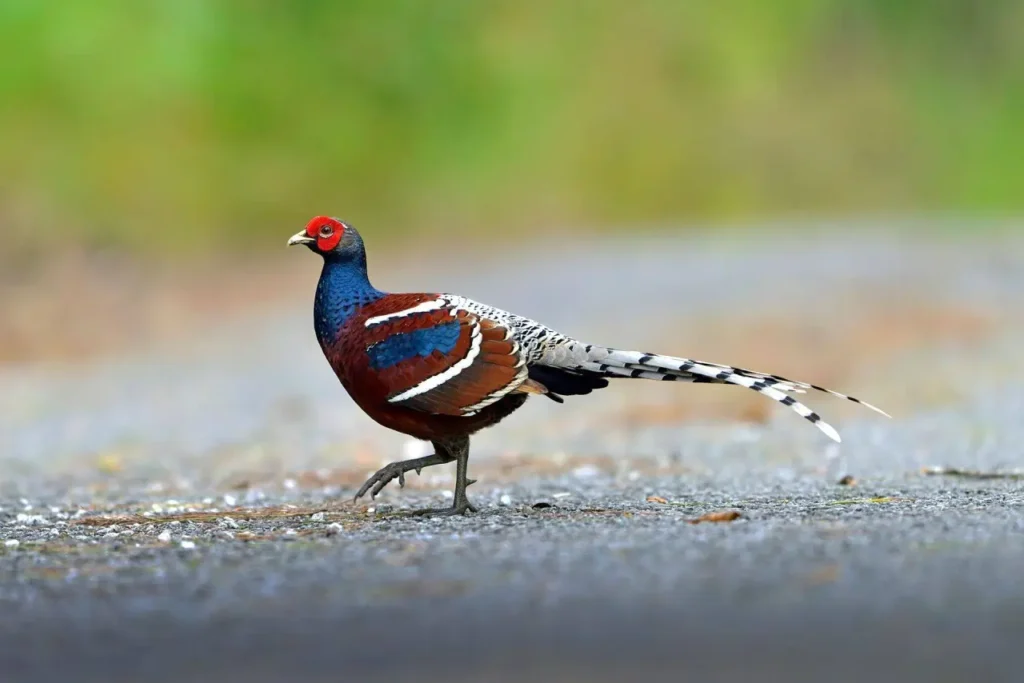
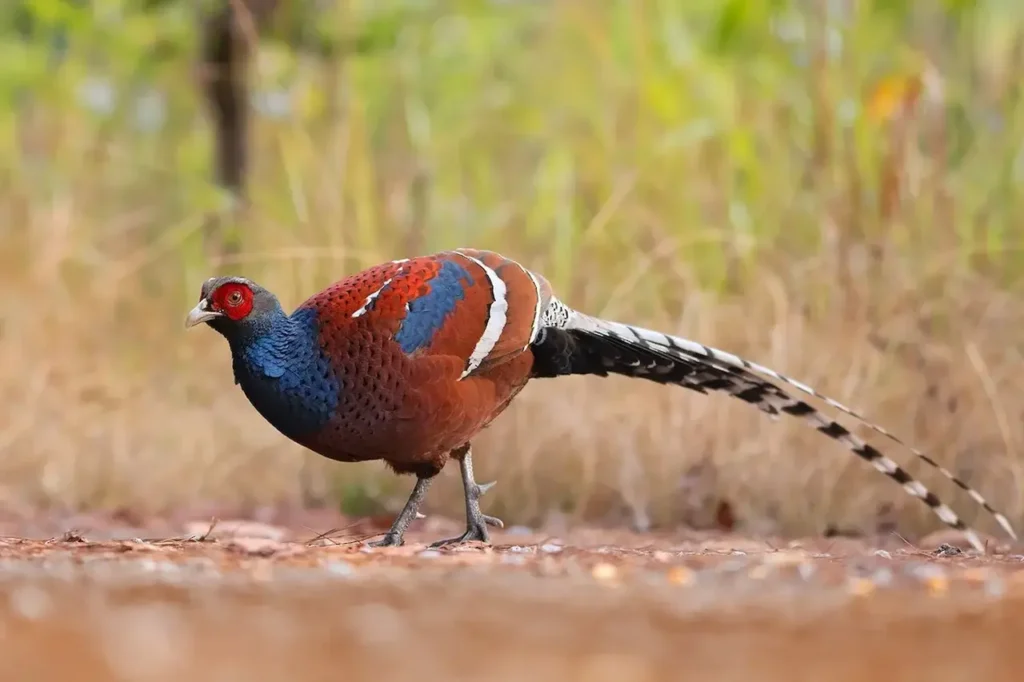
Appearance and Characteristics
Hume’s Pheasant is a true masterpiece of nature, known for its distinct and intricate plumage. The male pheasant displays an elegant combination of iridescent greens, blues, and purples on its body, with a rich coppery-red chest. Its long tail feathers contribute to its regal appearance. In contrast, the female is more modestly colored, with a mottled brown and black pattern that helps her blend into the forest undergrowth.
Behavior and Adaptability
Hume’s Pheasant is known for its elusive and secretive behavior, often preferring to stay hidden among the dense vegetation of its woodland habitat. Its adaptability allows it to thrive in a variety of environments, from primary forests to secondary growth areas. When startled or threatened, these pheasants can take to the air with a sudden and distinctive whirring of their wings.
Habitat and Range
This pheasant species is native to the woodlands of Southeast Asia, including countries such as Myanmar, Thailand, Laos, and parts of China. Its habitat ranges from subtropical and temperate forests to montane regions, highlighting its versatility and ability to adapt to varying conditions.
Cultural and Conservation Significance
Hume’s Pheasant has cultural significance in some of the regions where it is found. Its elegance and unique appearance have captured the attention of local communities, inspiring stories and legends. In terms of conservation, this species faces threats from habitat loss due to deforestation and human activities. Efforts to preserve its woodland habitats are crucial for maintaining healthy populations.
Role in Ecosystems
Hume’s Pheasant plays a role in maintaining the balance of forest ecosystems. As an omnivore, it feeds on a variety of plant matter, insects, and small invertebrates, contributing to seed dispersal and controlling insect populations.
Hume’s Pheasant, with its intricate plumage, secretive behavior, and adaptability, stands as a testament to the diversity and resilience of Southeast Asia’s woodlands. Its presence within these habitats reflects the harmony of nature and the interconnected relationships that define ecosystems. By valuing and protecting the woodlands that provide a home for Hume’s Pheasant, we contribute to the preservation of its captivating beauty and ensure that this mysterious and enchanting bird continues to grace the forested landscapes for generations to come.
